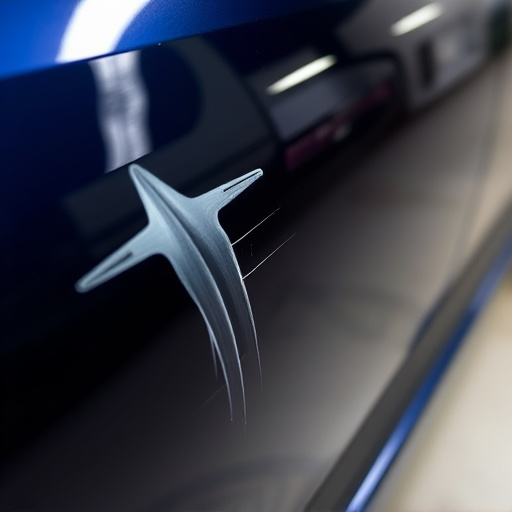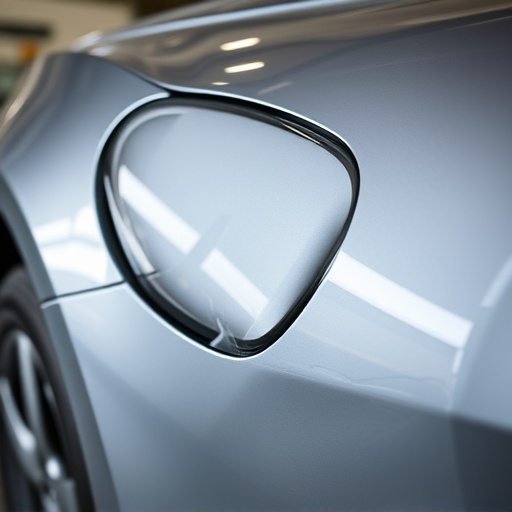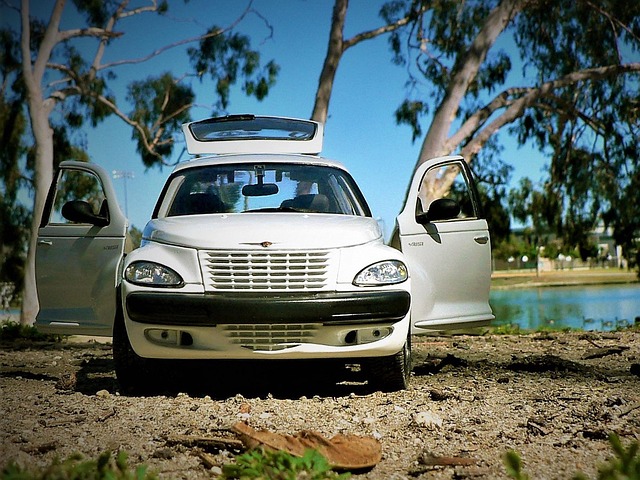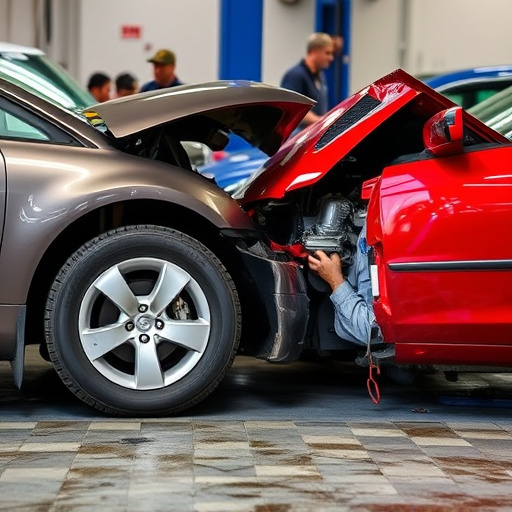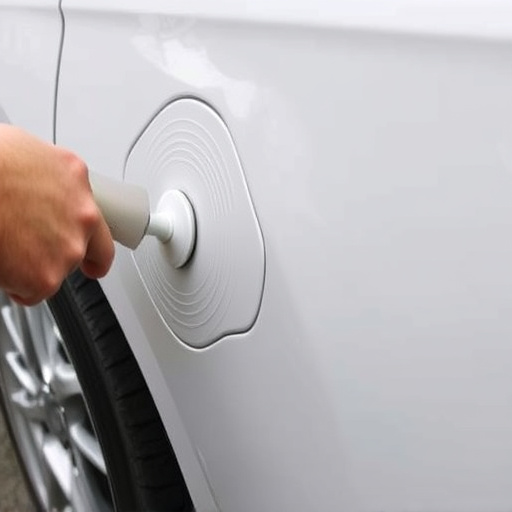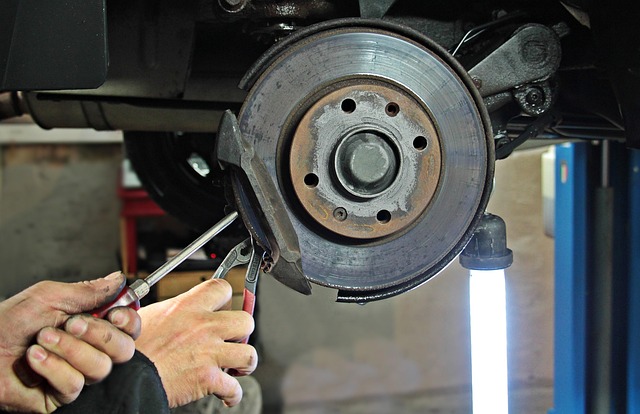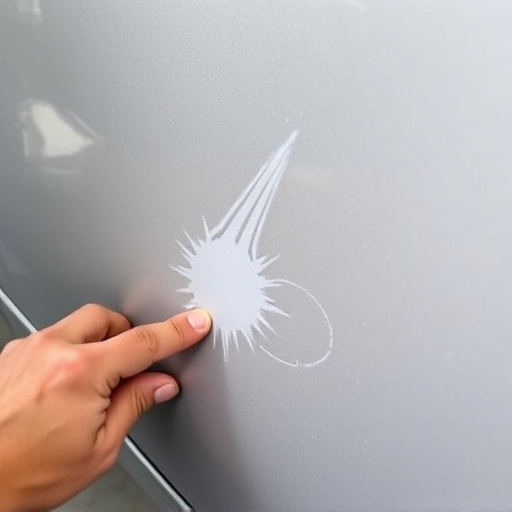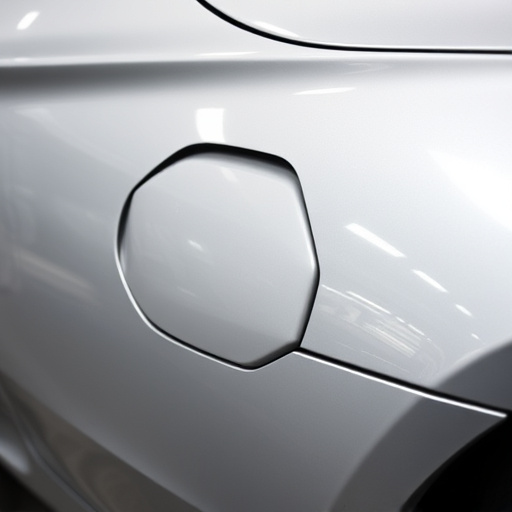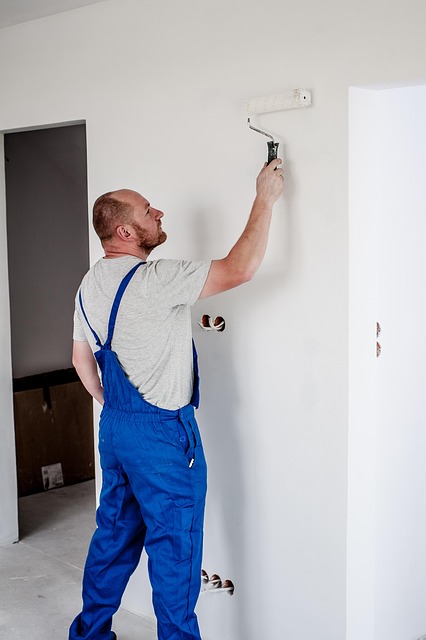For safe and seamless Tesla fog light replacement, preparation is vital. This includes gathering proper components, setting up a secure workspace with tools like torque wrenches, disconnecting the battery for safety, and regularly inspecting front sensors to prevent erratic behavior. High-quality replacements, suitable hardware, protective gear, magnetic picks, and a repair guide are essential for precision and protecting sensitive sensors. The right tools significantly enhance this intricate task.
Looking to enhance your Tesla’s safety and visibility? This comprehensive guide delves into the process of replacing Tesla fog lights, a crucial task for navigating low-light conditions. We’ll walk you through understanding common issues, gathering tools, disassembling components, installing new lights, and calibrating front sensors. By following these steps, you’ll ensure optimal performance, improving safety on the road. Remember, proper maintenance is key to maximizing your Tesla’s capabilities.
- Understanding Tesla Fog Light Replacement: Tools and Preparation
- – Identifying issues with fog lights
- – Gathering necessary tools for replacement
Understanding Tesla Fog Light Replacement: Tools and Preparation
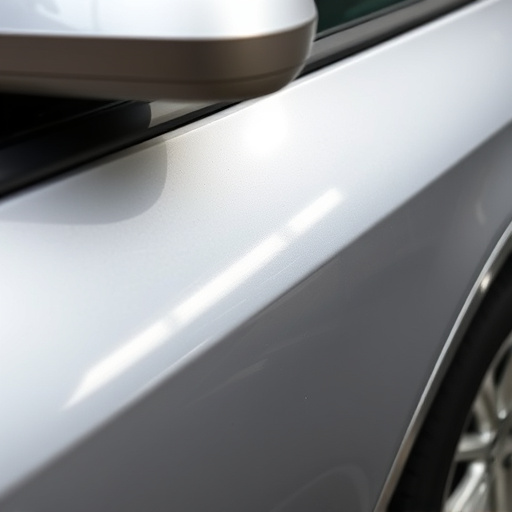
When embarking on a Tesla fog light replacement, it’s crucial to approach the task with preparation and the right tools, especially if you’re considering doing it yourself. This involves gathering essential components like new fog lights, wiring harnesses, and any required adapters. For safety, ensure your vehicle’s ground is secure and consider disconnecting the battery to prevent unexpected electrical surges during the process.
A well-prepared workspace in an automotive body shop or a clean car bodywork area is ideal. Verify that all tools are readily available—including basic hand tools, torque wrenches, and possibly a lift or jack stands for elevated access. Remember, proper preparation not only ensures a smoother Tesla fog light replacement process but also contributes to the longevity of your vehicle’s lighting system.
– Identifying issues with fog lights
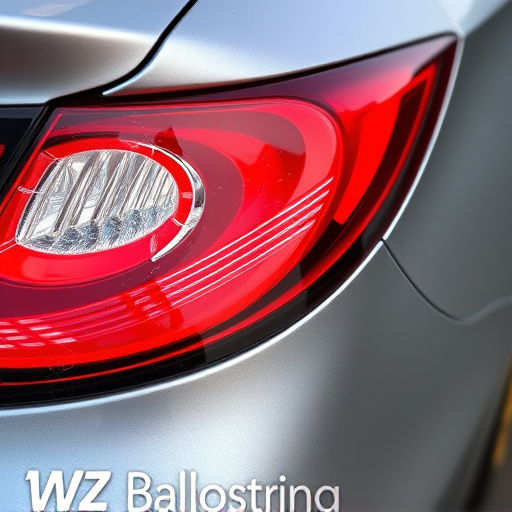
Many Tesla owners often overlook their fog lights until an issue arises. Identifying problems with your Tesla’s fog lights is crucial for ensuring safe driving conditions, especially during low-visibility situations like heavy rain or dense fog. One of the primary signs to look out for is reduced light output or a noticeable dimming compared to the main headlights. This could indicate a faulty bulb, loose wiring, or damage to the housing.
Regularly checking your Tesla’s front sensors in conjunction with the fog lights is also essential. Interference between these components can lead to erratic behavior, such as sudden brightening or flickering. Such issues may be caused by proximity sensors that detect obstacles too close to the vehicle, triggering the fog lights prematurely or causing them to stay on constantly. If you notice any unusual behavior, it’s advisable to seek professional assistance from a reputable collision center or car paint services specializing in Tesla repairs to conduct thorough inspections and perform necessary Tesla fog light replacement or sensor adjustments.
– Gathering necessary tools for replacement
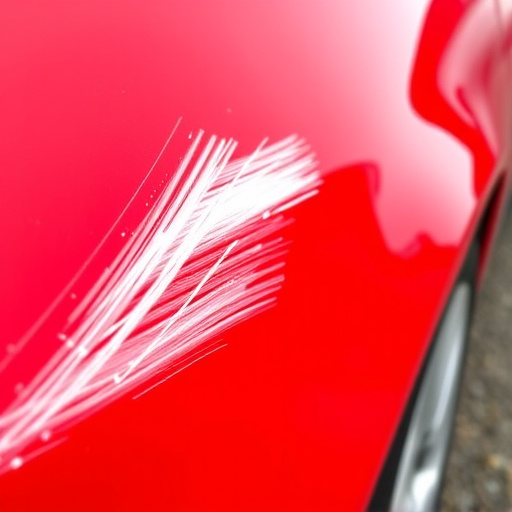
When tackling a Tesla fog light replacement, it’s key to be prepared with the right tools. This job requires specific equipment to ensure precision and safety, especially when dealing with sensitive front sensors. Start by gathering high-quality replacement fog lights that are specifically designed for your Tesla model, along with any necessary mounting hardware. Don’t forget protective gear like gloves and safety glasses. For a seamless process, consider having a set of magnetic picks or tools to carefully remove the existing fog lights without damaging nearby components, which is often a concern when working around delicate sensors in modern vehicles—a common service offered by reputable auto body shops or collision centers. Additionally, a detailed manual or repair guide can be invaluable for navigating the intricate details of your Tesla’s front-end design.
Replacing Tesla fog lights involves a few simple steps and the right tools, which can help resolve any interference issues with front sensors. By understanding the process and gathering the necessary components, you can ensure your Tesla’s safety features remain functional during low-visibility conditions. Remember, proper maintenance of these key components is essential for a smoother and safer driving experience.
